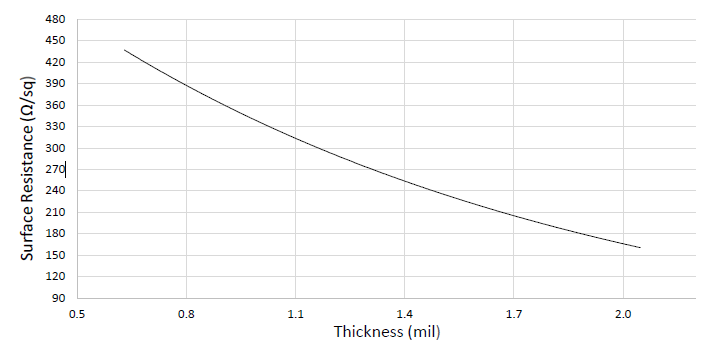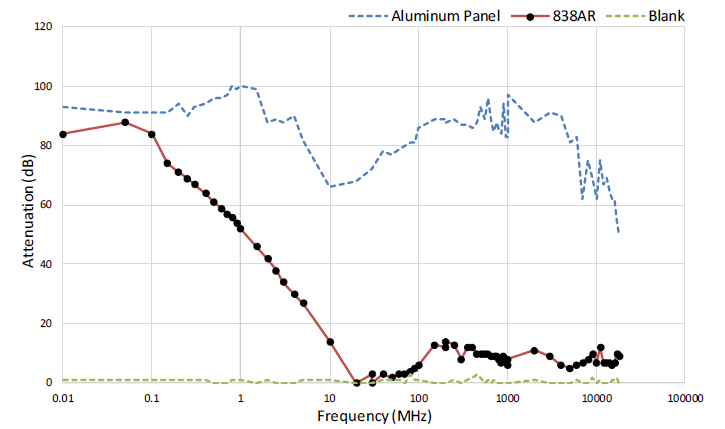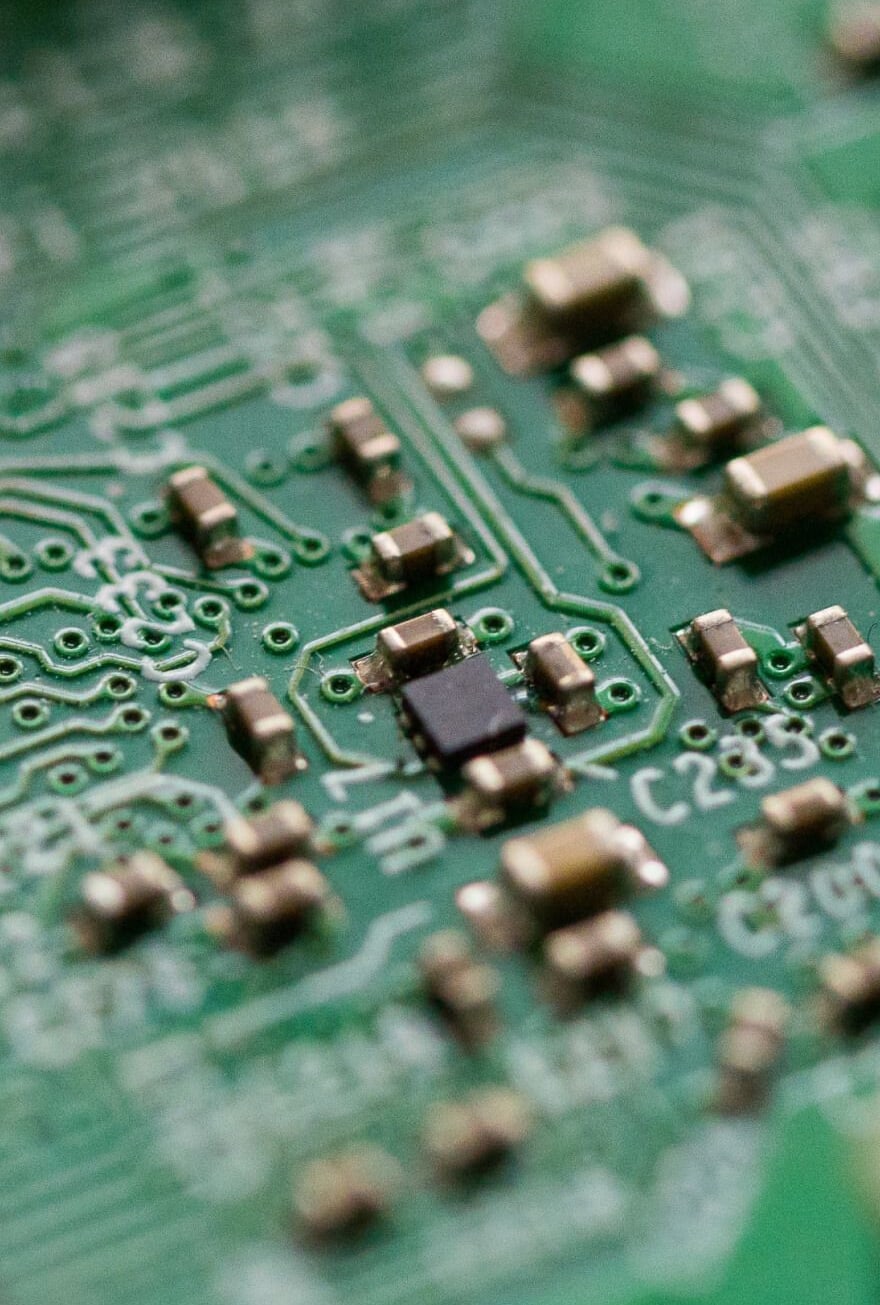Knowde Enhanced TDS
Identification & Functionality
- Chemical Family
- Technologies
- Product Families
Features & Benefits
- Labeling Claims
- Ready-to-Use Product Features
- Key Attributes
- Provides >50 dB of RFI shielding at frequencies <1 MHz
- Quick dry time, no heat cure required, and easy to apply
- Strong corrosion resistance
- Mild solvent system, safe on polystyrenes
- Does not contain toluene, xylene, or MEK
- Available in liquid format (see separate TDS)
Applications & Uses
- Applications
- Application Area
- Application Method
- Recommended Preparation
Clean the substrate with Isopropyl Alcohol, MG #824, so the surface is free of oils, dust, and other residues.
- Application Instructions
1. Shake the can vigorously.
2. Spray a test pattern to ensure good flow quality.
3. Tilt the board at 45° and spray a thin, even coat from a distance of 20–25 cm (8–10 in). Use spray-andrelease strokes with an even motion to avoid paint buildup in one spot. Start and end each stroke off the surface.
4. Wait 3 min before applying another coat, to avoid trapping solvent.
5. Rotate the board 90° and spray again to ensure good coverage.
6. Apply additional coats until desired thickness is achieved (go to step 3).
7. Let dry 3 min at room temperature before applying heat cure.
8. After use, clear the nozzle by inverting the can and briefly spraying until clear propellant comes out.
Properties
- Physical Form
- Physical Properties
- Typical Properties
- Cured Properties
- Uncured Properties
- Cure Instructions
- Allow to dry at room temperature for 24 hours, or after letting sit for 3 minutes, cure the paint in an oven for 30 minutes @ 65 ˚C.
| Value | Units | Test Method / Conditions | |
| Density | 0.84 | g/mL | — |
| Value | Units | Test Method / Conditions | |
| Calculated VOC | 587 | g/L | — |
| Cure Times (at 22 ˚C 30 min at 65 ˚C) | 24 | Hours | — |
| Minimum Film Thickness | 25 | μm | — |
| Recoat Time | 3 | Minutes | — |
| Recommended Film Thickness | 50 | μm | — |
| Theoretical Coverage (at 2 mil, based on 100% transfer efficiency) | 20016 | cm2 | — |
| Viscosity (at 25 ˚C) | 46 | cP | — |
| Value | Units | Test Method / Conditions | |
| Resistivity | 6.9 x 10⁻¹ | Ω·cm | — |
| Salt Fog Resistance (at 35 °C ,96 h) | Excellent | — | — |
| Service Temperature Range | -40 to 120 | ˚C | — |
| Surface Resistance (at 50 μm) | 110 | Ω/sq | — |
| Value | Units | Test Method / Conditions | |
| Solids Content | 7.6 | % | — |
Regulatory & Compliance
- Certifications & Compliance
- Chemical Inventories
Technical Details & Test Data
- Surface Resistance by Paint Thickness

- Shielding Attenuation

Packaging & Availability
- Packaging Type
- Available Packaging
Cat. No. Packaging Net Vol. Net Wt. 838AR-340G Aerosol 442 mL 340 g
Storage & Handling
- Shelf Life
- 3 Years
- Storage
- Store between -5 and 40 ˚C in a dry area, away from sunlight (see SDS).

